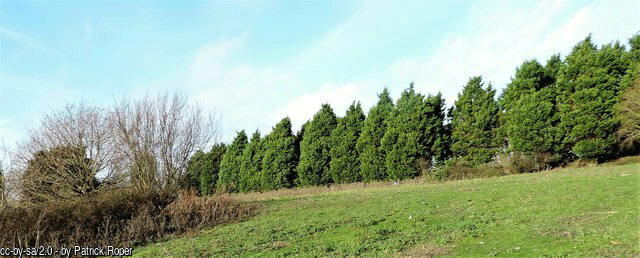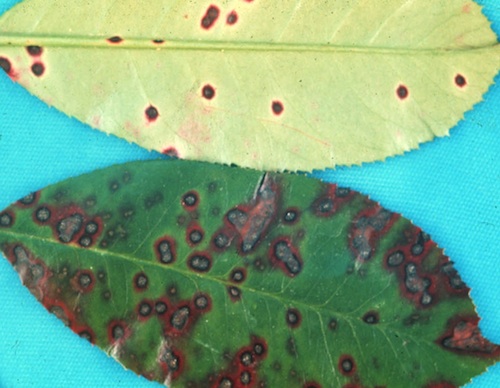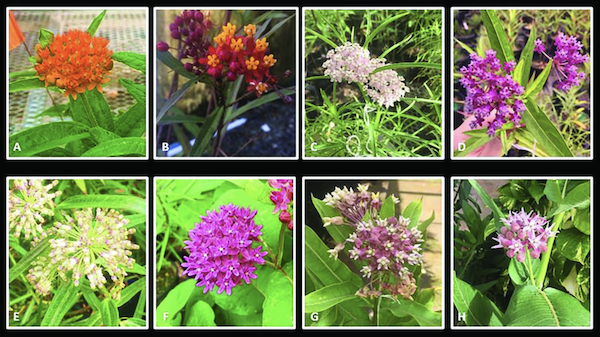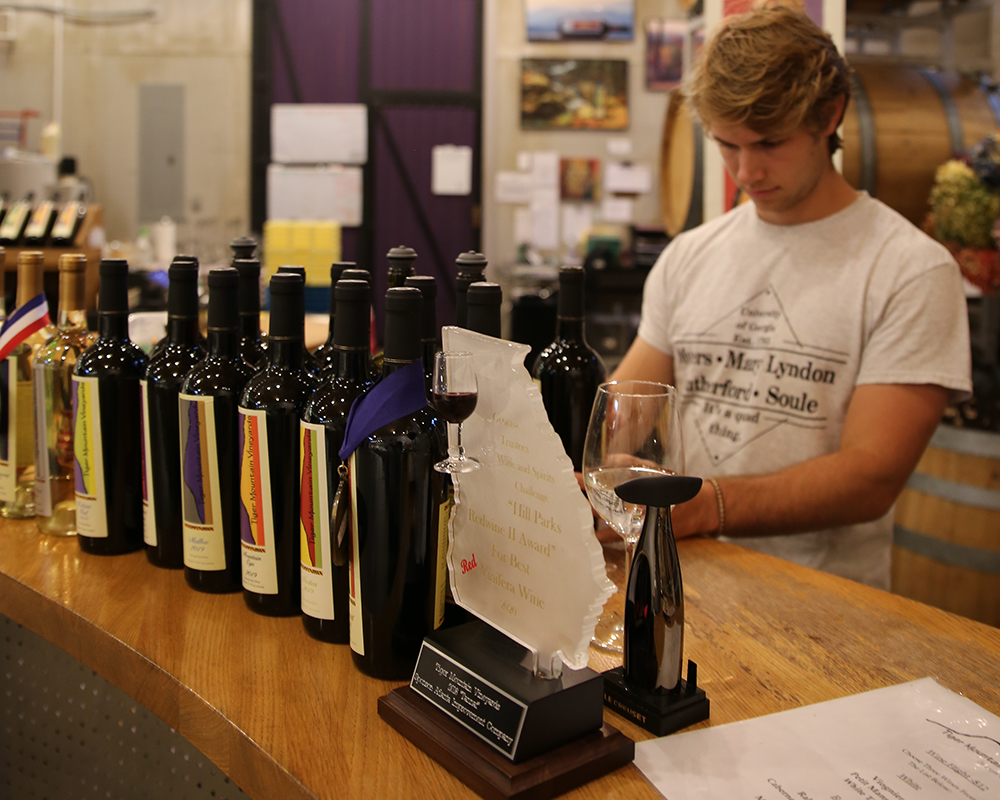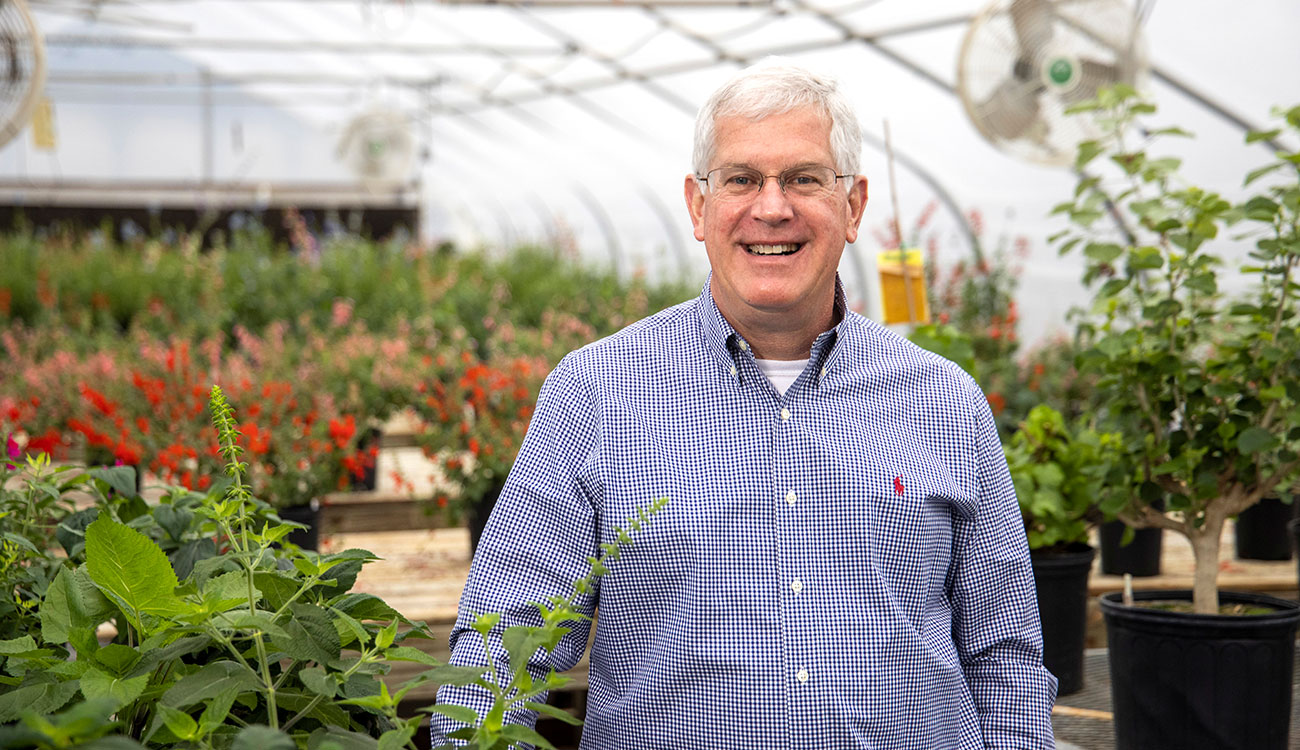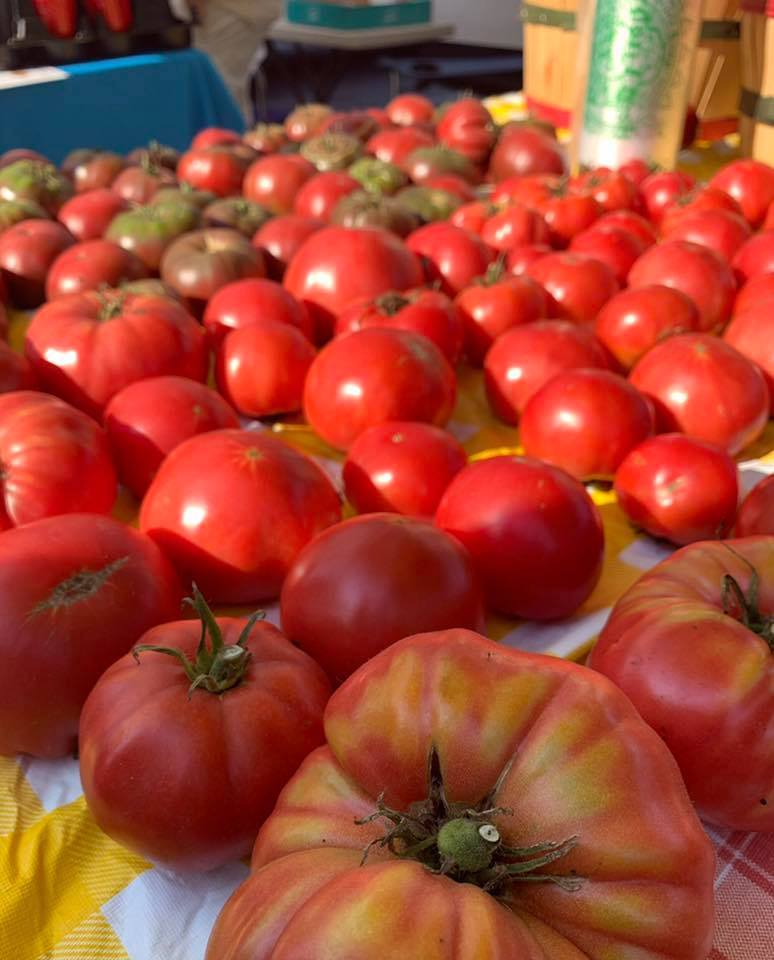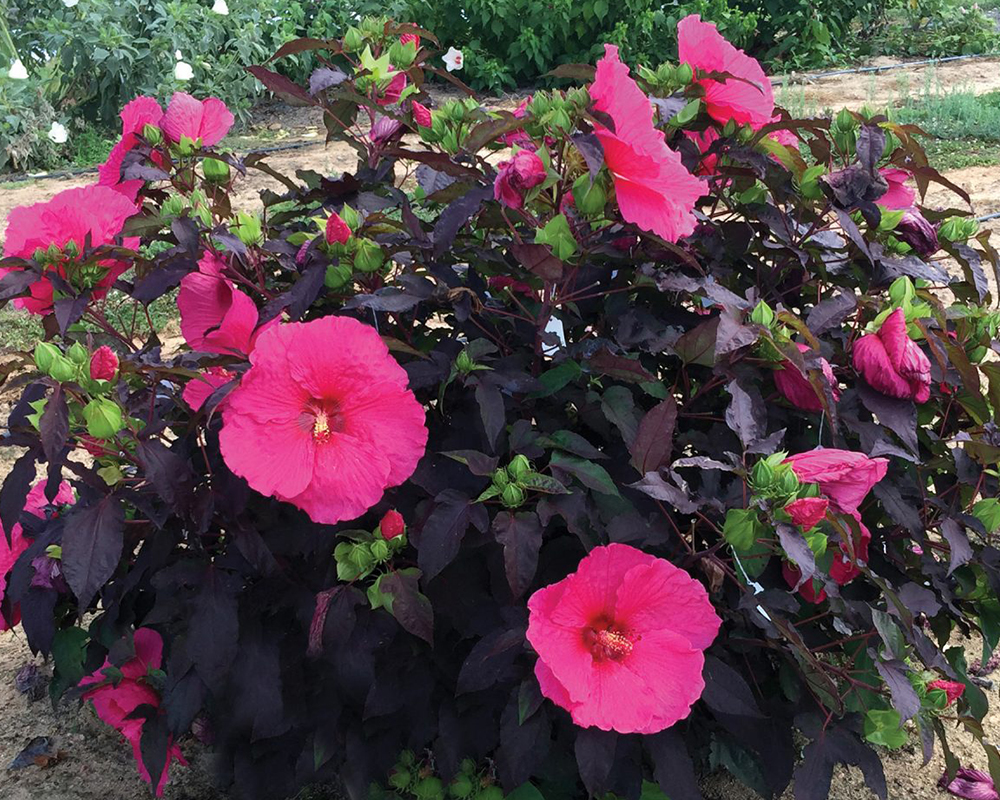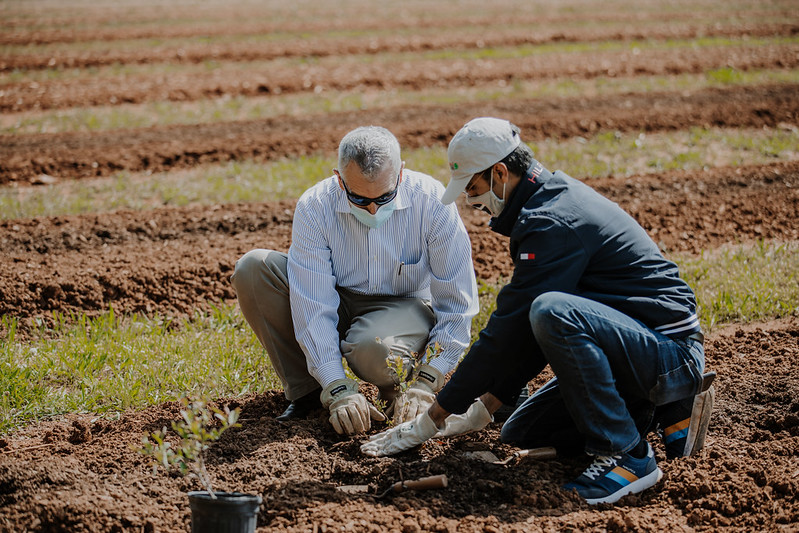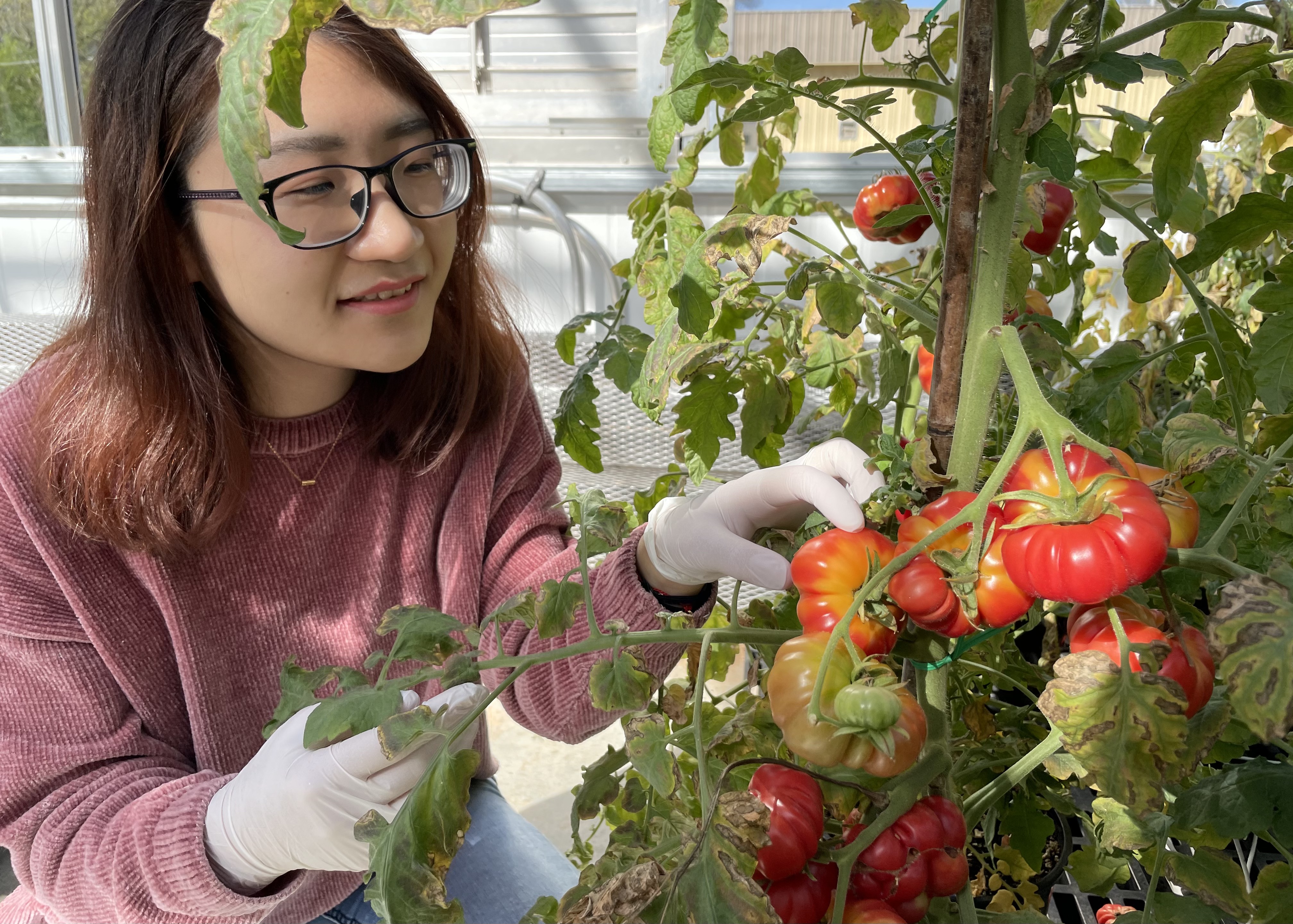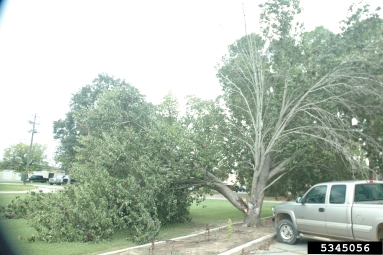 CAES News
CAES News
Short-Lived Trees
Some trees naturally live longer than others but, ironically, many of the most popular landscape trees tend to be relatively short-lived. Although their flowers are quite attractive, Bradford or Callery pears are generally considered short-lived trees, and they are also highly invasive.

